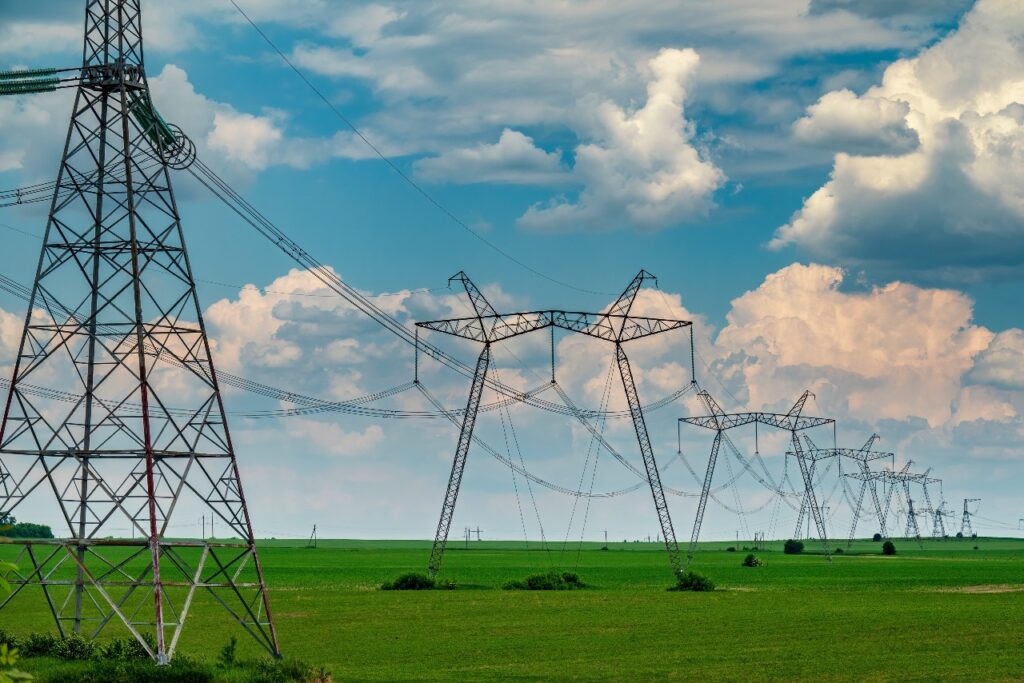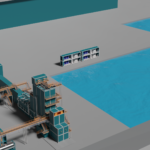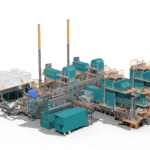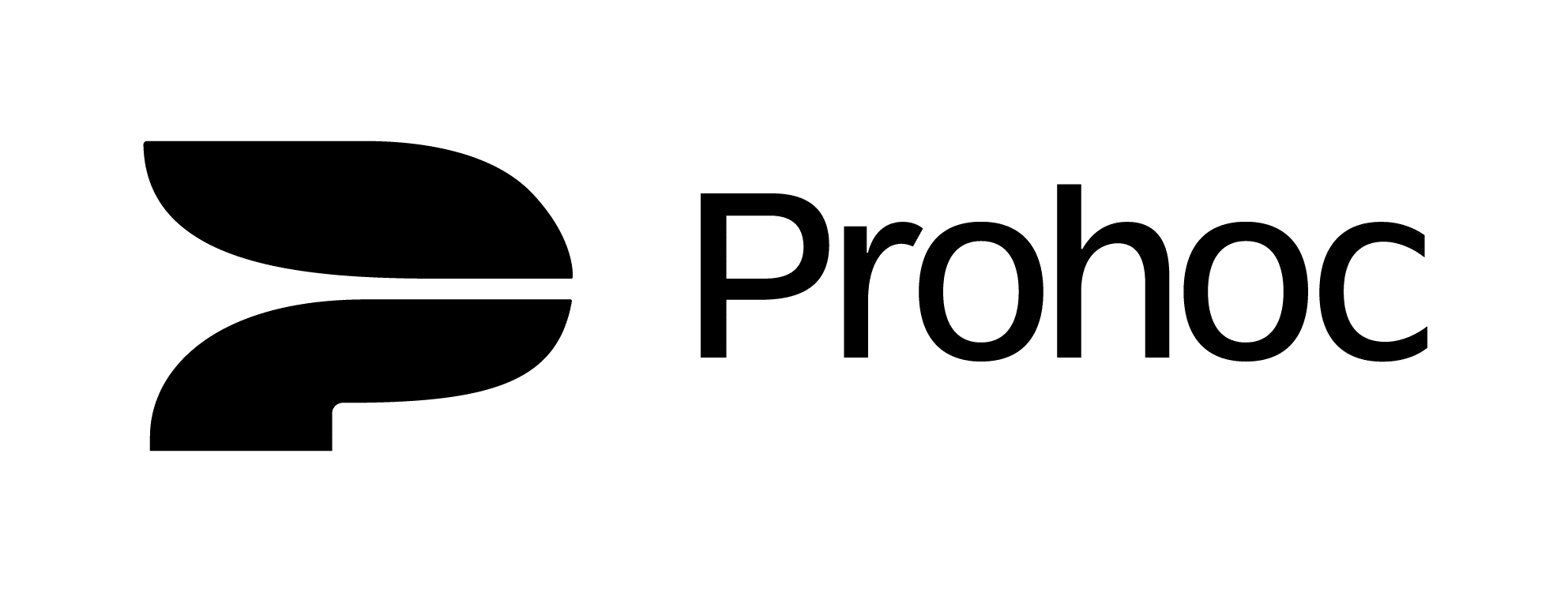The rate of annual investment in distributed energy resources (DERs) will increase 75% by 2030, with the market set for a decade of high growth. That is according to Frost & Sullivan’s recent analysis, “Growth Opportunities in Distributed Energy, Forecast to 2030”. The report states favourable regulations, declining project and technology costs, and high electricity and demand charges are key factors driving investments in DERs across the globe. The research goes on to state that the Covid-19 pandemic will reduce investment levels in the short term, but the market will recover faster than the traditional large-scale energy market. Throughout the decade, USD850 billion will be invested in DERs, supported by a further USD300 billion that will be invested in battery storage.
The DER business model will play an increasingly pivotal role in the global power mix as part of a wider effort to decarbonize the sector. In emerging economies, DER offers a chance to bridge the electricity supply gap that still exists in a number of country markets. Further, in developed markets, DER is a key part of the transition to a cleaner and more resilient energy system with emphasis on the delivery of small-to-medium scale power generation units, sales of power storage equipment, photovoltaic systems, and systems that manage energy and the response to demand. And recent policy moves—including new energy savings policies in the European Union—will likely further encourage the growth of the DER segment.
The report notes that DERs offers significant revenue growth prospects for all key market participants, including:
- Technology original equipment manufacturers (OEMs): Offer flexible after-sales support, including digital solutions such as asset integrity and optimization services for their installed base.
- System integrators and installers: Target small- and medium-scale projects and provide efficient and trustworthy solutions with flexible financial models.
- Energy service companies (ESCOs): Focus on adding DER deployments to expand and enhance their traditional role of providing energy savings and demand-side management services to customers.
- Utility companies: Deploy DER to create new revenue streams, from real-time and flexibility markets. Further, DER provides an opportunity to aggregate service offerings and expand the customer base.
The transformation towards DER causes also challenges on many levels.
- Grid Integration. Without upgrades to the grid, integration will be complex and slow. In addition, utilities will have to reckon with the difficulties of intermittent resources that are uncontrollable and often unknown, dependent on shifts in weather as well as customer behavior.
- Rate-Return Squeeze. Customers generating their own power with DER will buy less electricity from their utility, which will spread the fixed cost across a lower number of kilowatt hours sold and raise the rate of electricity overall, incentivizing further DER adoption.
- Regulatory Changes. Public utility commissions and utility regulators are putting pressure on utilities to better serve DERs, enabling third parties to aggregate resources for the grid and drastically changing traditional rate-based models.
- Changing Customer Expectations. As the DER markets grow, customers are more often expecting their resources to be better integrated into the grid and the utility to participate in providing energy services.
 Digitalization is playing an increasingly important role along the entire DER value chain, and it must be a central focus for utilities taking on the evolving DER market. Advances in technology will continue to drive and shape the future of DER and the role utilities can play, including peer-to-peer solutions and blockchain, the integration of multiple DER resources, sophisticated pricing and interaction with the grid, and the growth of the electric-vehicle market. The average electric vehicle, for example, will require approximately $1,100 in grid updates.
Digitalization is playing an increasingly important role along the entire DER value chain, and it must be a central focus for utilities taking on the evolving DER market. Advances in technology will continue to drive and shape the future of DER and the role utilities can play, including peer-to-peer solutions and blockchain, the integration of multiple DER resources, sophisticated pricing and interaction with the grid, and the growth of the electric-vehicle market. The average electric vehicle, for example, will require approximately $1,100 in grid updates.
Competitive retailers and DER installers can acquire greater numbers of customers through digital marketing channels and the microtargeting of customers. They can improve equipment installation through virtual mapping and design, as well as the AI-based dispatching of crews. And digitalization can provide clear opportunities for DER operations and maintenance, including virtual monitoring of and dispatch to the grid, access via mobile apps; and more.
DER requires more flexibility in power generation: ability to generate different energy commodities using different renewable fuels and adapting to changes in local energy demand. The WOIMA waste-to-value solutions support recycling and can utilize both newly collected and already landfilled waste in power generation. They have been designed to serve medium-sized cities and communities as a localized solution or capital and mega-cities as a decentralized waste management and power generation solution. Our WOIMA solutions have been developed with two key targets in mind; reducing the waste-induced challenges and simultaneously utilizing local fuel (waste) and employing local people to generate local wellbeing. It adheres to the strictest European emission directives and reduces the waste-related water, soil and air emissions to practically zero.
READ CASE STUDY: DECENTRALIZED W2E POWER GENERATION IN NAIROBI, KENYA
FREE USE CASE: DECENTRALIZED WASTE-TO-ENERGY SOLUTION
WOIMA ARTICLE SERIES: 22 levels of wasteWOIMA® Flexibilities
FIND OUT MORE ABOUT WOIMA WASTE-TO-VALUE SOLUTIONS
CHECK YOUR WASTE CHARACTERISTICS
CONTACT US
WOIMA Corporation is a Finnish supplier of best-in-class waste-to-value products, projects and services worldwide. We have developed solutions that enable us, and the customer, to transform and recycle virtually any waste stream into raw materials and energy. At WOIMA we combine Finnish engineering know-how in waste management with power generation design expertise. These solutions are used in Finland every day. They support the circular economy ideology and ensure that less than 1% of Finland’s waste ends up in landfills.
Our mission is to improve quality of life both locally and globally, as well as empower people to utilize waste as a commodity. Our decades of international project management experience ensure an on-time, in-budget and high-quality WOIMA solution delivery across the globe.





